Solar + Storage
Get the most out of your system when you pair your solar panels with energy storage by storing the electricity your panels produce for future use. When the power goes out, your backup storage system can run your important needs like heat, refrigeration, and lighting, keeping your home safe and comfortable.
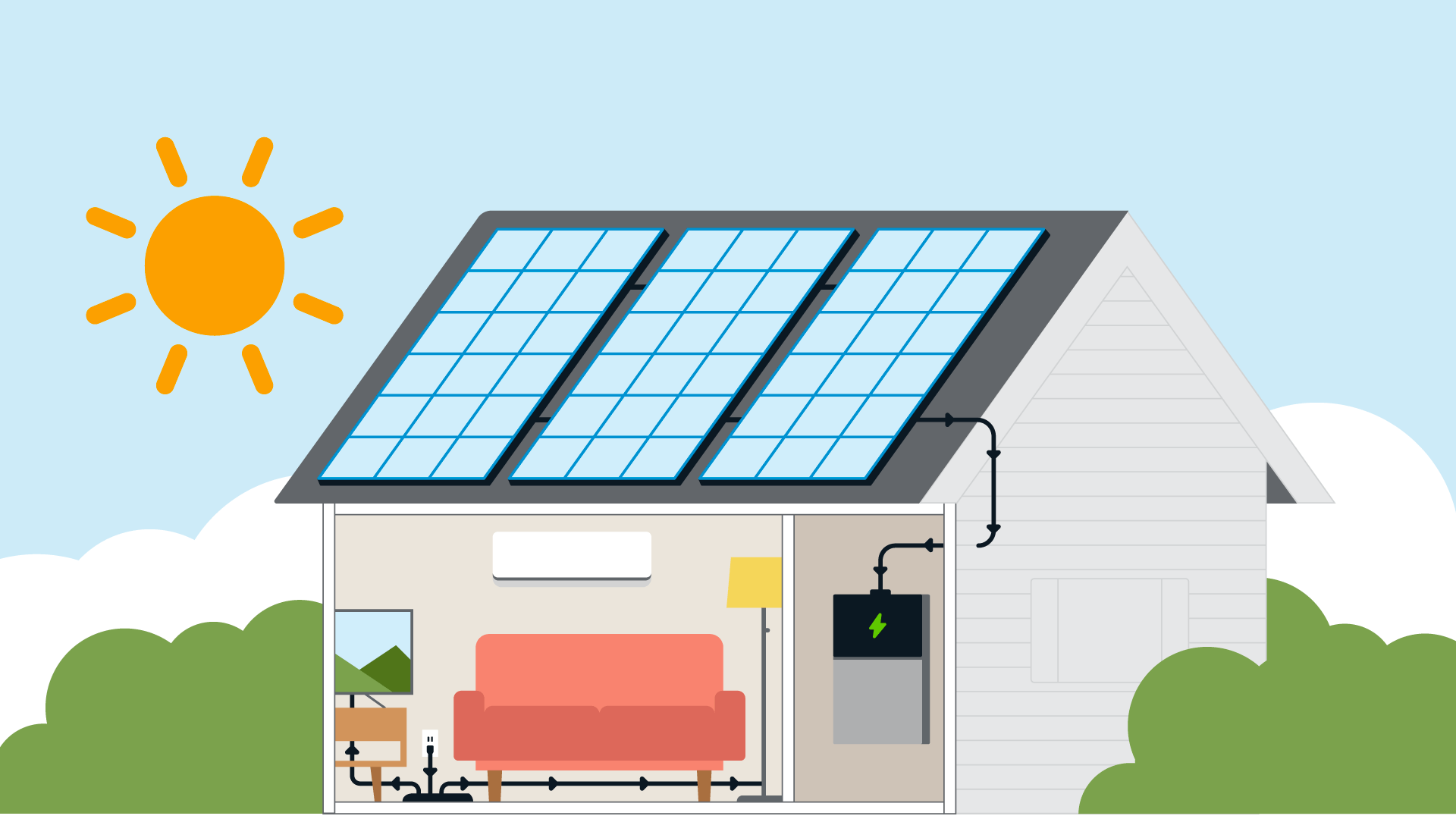
With solar + storage, your solar panels will power your home and keep a battery system charged for times when the panels need a little extra backup. Most homes with solar + storage still stay connected to the grid, allowing even greater flexibility for your power supply.

Depending on your home and where you’re at in your path to home energy improvements, you can choose to start with solar panels then add battery storage, add battery storage to existing solar panels, or get both for your home all in one project.
Learn More about Solar + Storage
Dollars & Sense
- Incentives: NY-Sun helps you save money on your solar panels with incentives and financing options.
- Federal tax credits: Claim your solar installation on your tax return to get federal tax credits for up to 30% of the cost. Get additional federal tax credits when you add energy storage to your solar installation project for 30% of the energy storage cost.
- Credits: Get additional credits from your utility by “selling back” your stored energy during “peak demand periods” (like hot summer days).
- Long Island residents can get additional financial help for their energy storage projects by taking advantage of Long Island Power Authority’s storage incentives.
Benefits & Considerations
- Resiliency: With energy storage, you get backup power to run your essential appliances during a power outage without burning a fossil fuel generator.
- Cost-Effective: You can choose to store your excess solar energy for later use rather than selling it back to the grid.
- Comfort: Energy storage systems don’t make any noise, unlike noisy backup generators.
- Convenience: Energy storage systems require very little maintenance once they are installed.
Questions for Your Contractor
- What size should my energy storage system be?
- How many batteries will I need to power my whole home?
- Where will my system be located?
- What circuits or appliances can I back up with my system during a grid outage?
- How long will the battery last in an outage?
- What can I do to extend the lifespan of the system?
- Are there demand response programs available to me through my local utility?
- What payment options do you offer for the system?
- What warranty or guarantee do you provide for your work?
- Can you please provide references?
Frequently Asked Questions
What types of storage technologies are available?
Storage options include batteries, thermal, or mechanical systems. Lithium-ion batteries are the most common with homeowners. Learn more about the different energy storage technologies in the U.S. Department of Energy’s Energy Storage Handbook.
What does an energy storage battery look like?
A battery storage system looks like a box mounted on the wall or a small cabinet mounted outside your home. The units are self-contained and operate automatically, so you don’t need to worry about flipping switches or plugging things in when the power goes out. The system should be monitored remotely by the installer through an Internet or cell connection to alert you if anything requires maintenance.
Where can an energy storage battery be placed?
Generally, a storage system will be placed near your home’s circuit breaker panel, on a wall of a garage, attached to your house, or on a concrete pad located near your home.
Is battery energy storage safe?
Lithium-ion systems are the most common type of residential storage backup power, with tens of thousands of systems already installed. This is the same type of battery in your cell phone — but energy storage batteries include multiple levels of monitoring and system protections to keep things running smoothly. As with any device or appliance, safety risks cannot be reduced to zero. Electrical and fire codes and industry standards set the minimum safety requirements that must be met.
U.S. Department of Energy on Solar + Storage
Learn more about pairing solar and battery storage, how it works, and how it can help you save.
Inflation Reduction Act
Learn how federal tax credits and rebates make this the best time to get solar panels and battery storage.
CNET Buying Guide
Guide to buying a solar battery, what to consider, and comparing your options.
Interested in getting started?
Where Solar + Storage Fits in Your Path to a Clean, Efficient, and Comfier Home
Solar + storage lets you power your upgraded home with renewable energy from the sun and gives you greater resilience too. Make the most of your upgrades when you start by preparing your home, then explore cleaner, more efficient options.
Get Your Home Ready
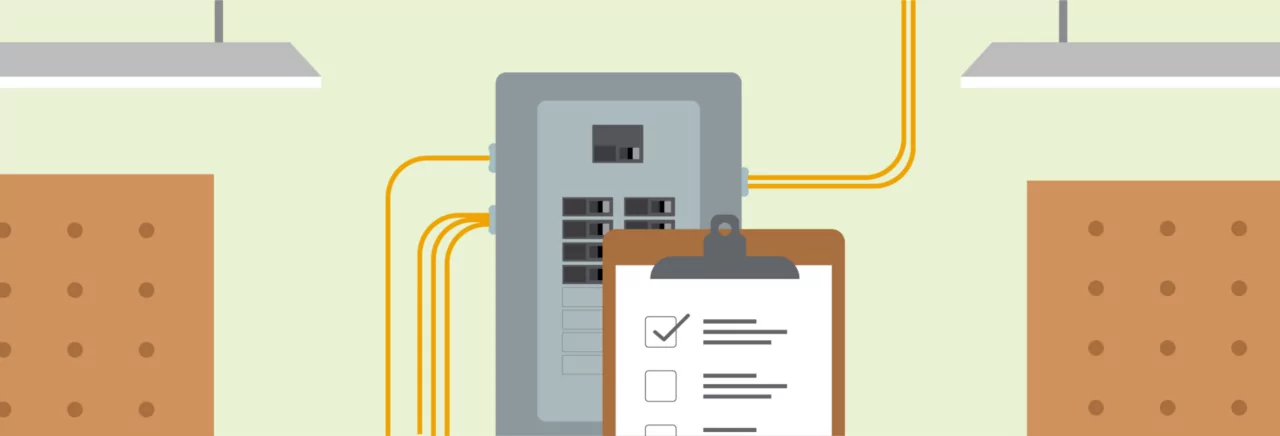
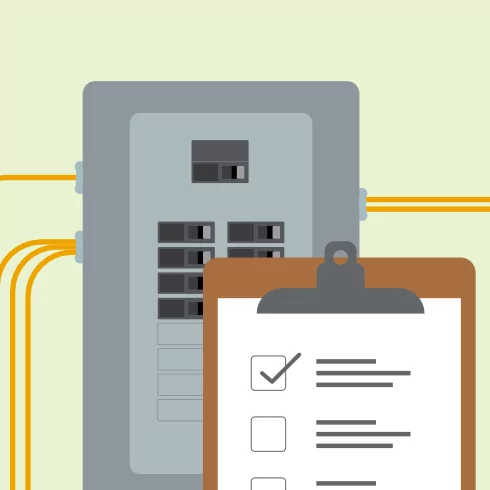
Choose Electric Appliances & Equipment
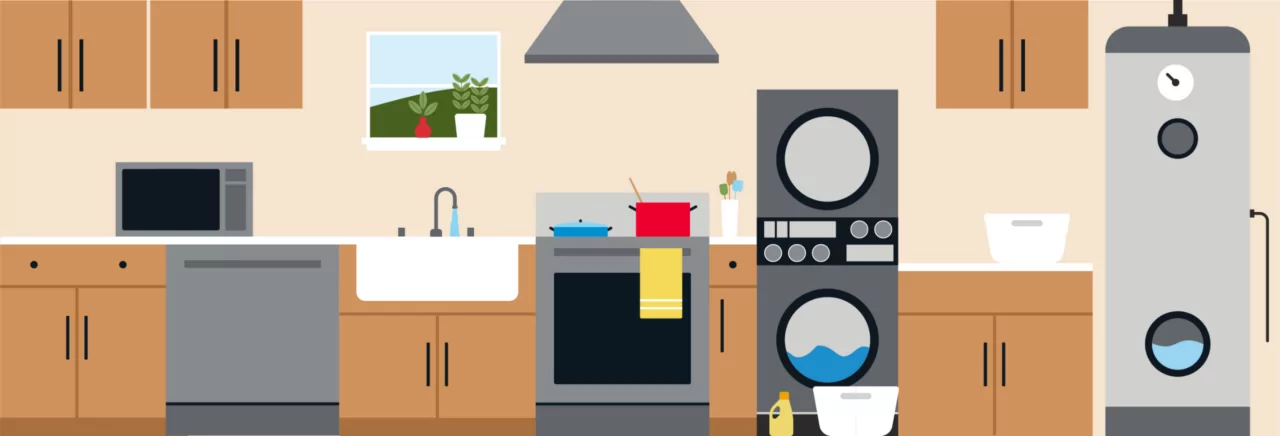

Drive Electric & Go Solar
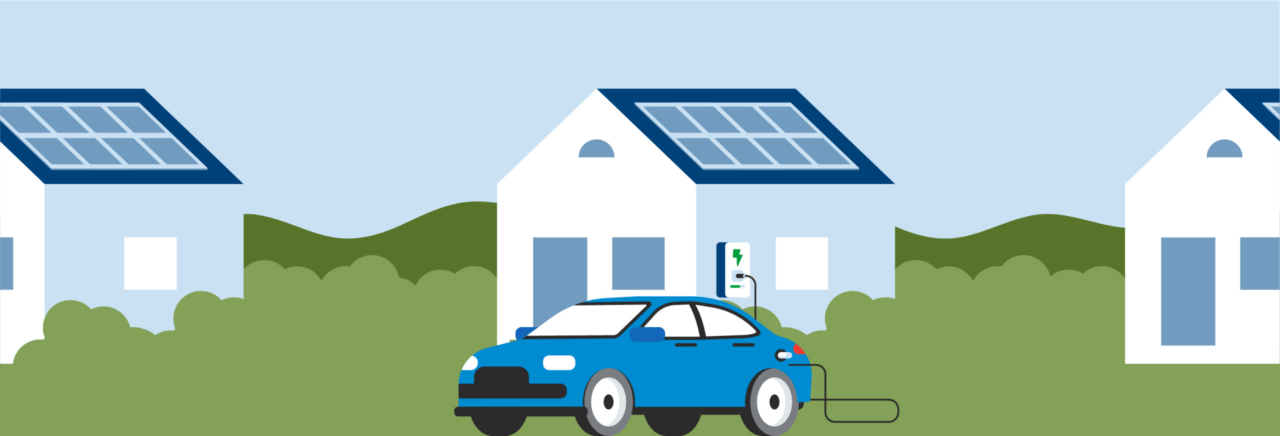
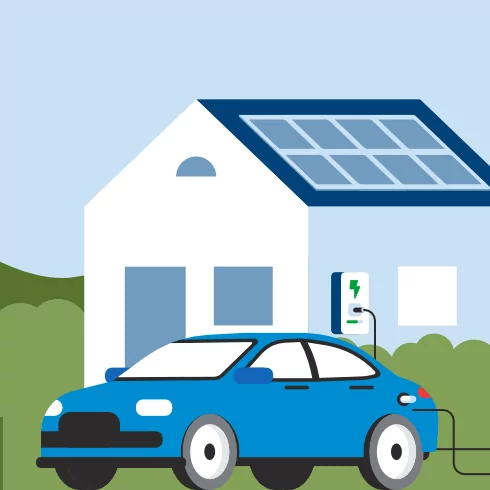
Get Started with a Free Home Energy Assessment
Take the first step to improving your home with a no-cost home energy assessment. A NYSERDA participating contractor will help you get the most out of your solar + storage project by finding all of the hidden places your home is wasting energy. Any recommended upgrades will ensure your project is sized appropriately to meet all your energy and comfort goals.
Building a new home? Ask your contractor about energy-efficient design options.
